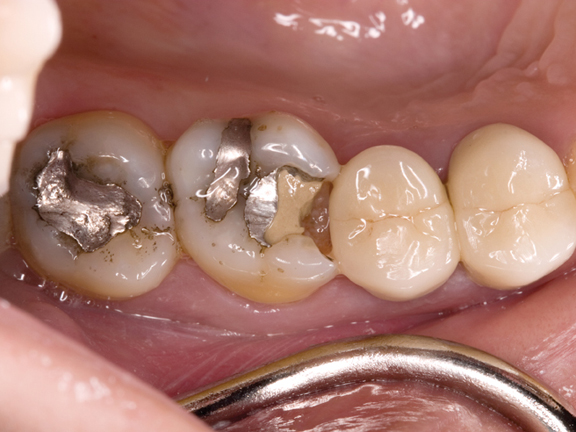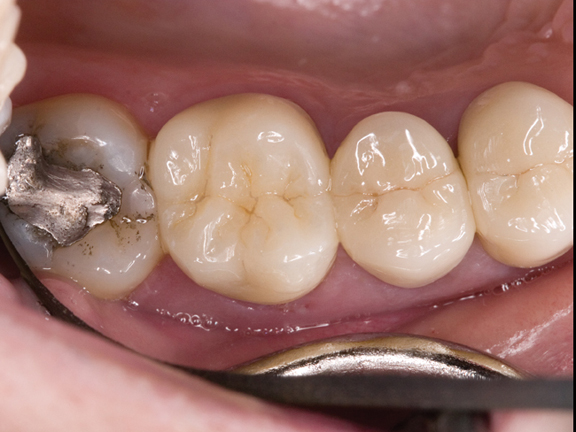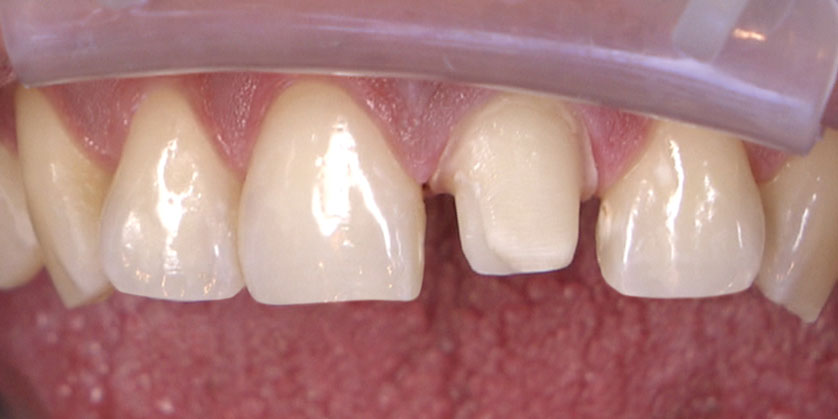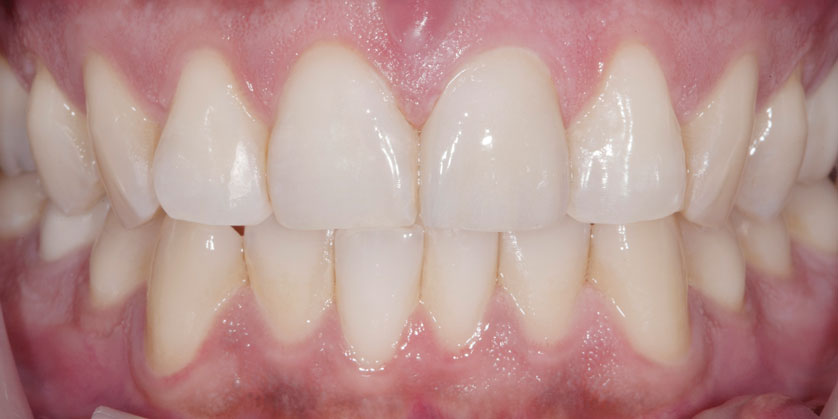CROWNS AND FILLINGS
Common Questions About Fillings vs. Crowns
Often times we are asked “can’t you just place a filling in the tooth? Why does it need a crown?” These are great questions and now days the great diversity of filling materials that are available have made these decisions more complex. Typically, the decision to place a crown or a filling depends largely on the amount of remaining natural tooth structure and the location of the tooth in the mouth. No artificial filling or crown material is as good as healthy natural tooth structure, however when necessary, fillings and crowns can serve remarkably well as replacement for diseased or compromised tooth structure.
Typically, fillings are used to restore small areas of decay or worn or damaged tooth, whereas crowns are used to protect the entire surface area of a tooth. On average fillings will need to be periodically replaced due to wear and tear, while crowns offer better durability and longevity. Crowns can also need to be replaced every so often, but this is usually only after long (10+ yrs) periods of use in the mouth. The most commonly used filling materials are now composite resins (white tooth colored fillings), whereas traditionally silver amalgam fillings were used. Both materials have advantages and disadvantages but for a number of reasons we now use composite materials almost exclusively. Crowns can be made from a wide variety of materials ranging from gold to all ceramic materials. If you need to have a crown placed on a tooth we will discuss the pros and cons of the different materials that are available and find the best choice for your individual situation.




Composite fillings are costlier to place by comparison to silver fillings because of material costs and also because they require more chair time to complete. Many dental benefit plans will only reimburse for the cost of a silver filling if a composite filling is placed on a posterior tooth (premolars and molars). For this reason the patient often times will be left with greater out of pocket expense if a composite filling is used. Patients are encouraged to contact their dental benefit plan in advance of any filling appointment to determine what their coverage will be.